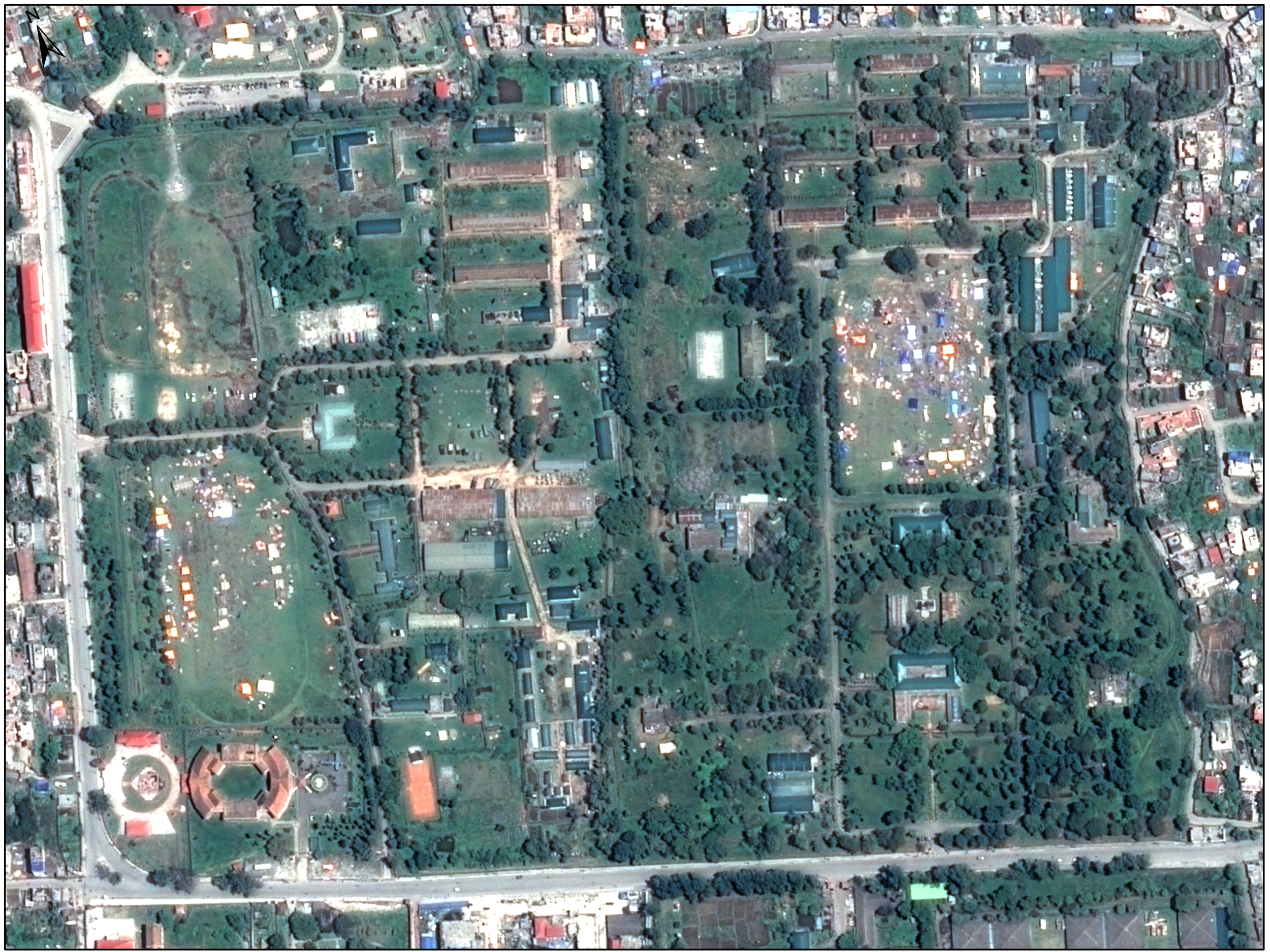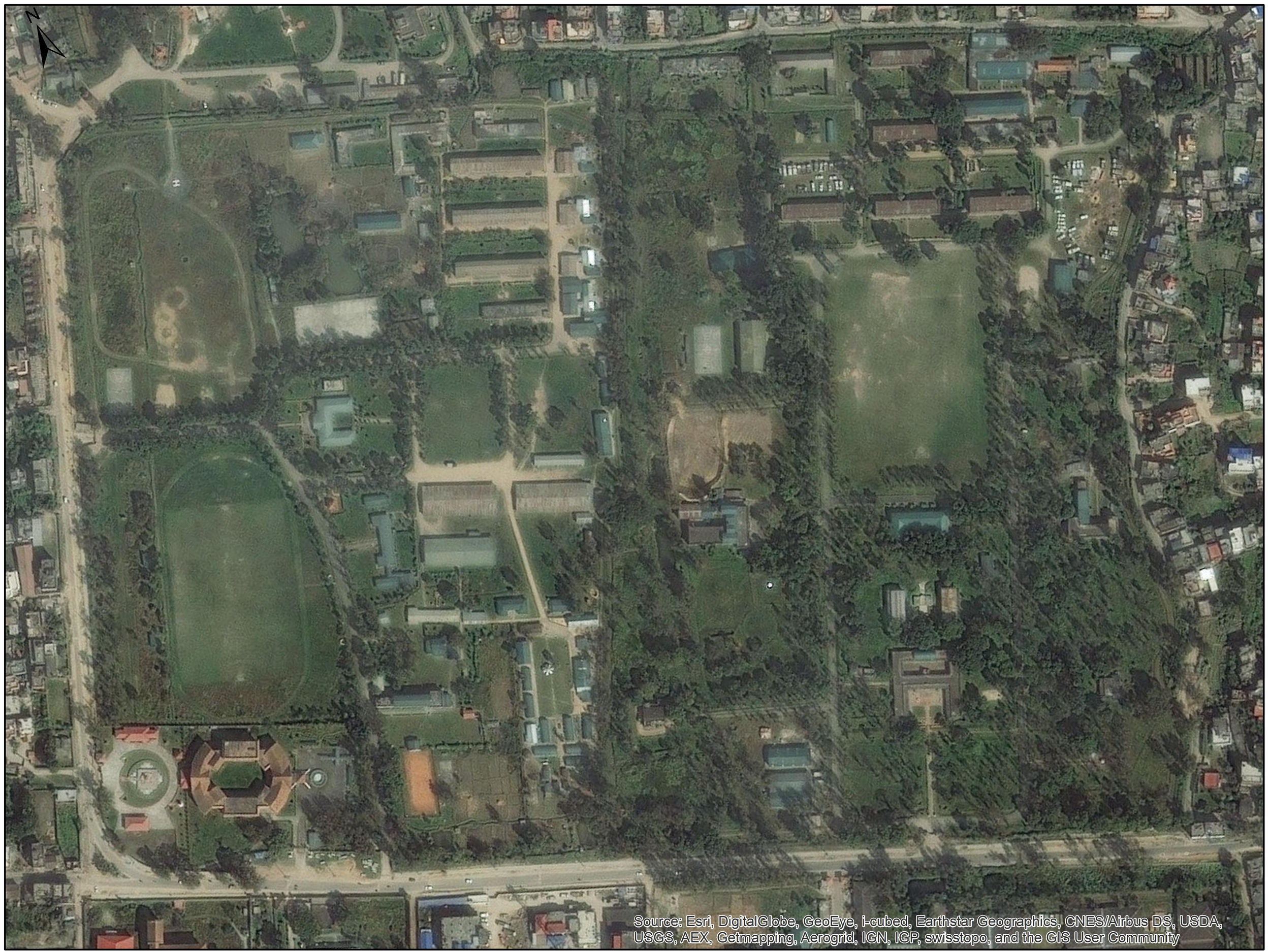“To go back is not easy, to go to Europe is not easy, to stay here is not easy,” says ‘Biggy’, a 31-year-old Nigerian migrant who has been in Morocco for four years. Neatly dreadlocked and nearly two metres tall, he carries the scars of the beatings he’s received from Moroccan and Spanish border guards. He has tried and failed umpteen times to scale the fence or cross by rowboat into Spain.
The struggle for survival on Ukraine's frontline
Ukraine's frontline cuts across the country like a jagged scar. Despite a February ceasefire, the fighting hasn't stopped. In March and April, Kristina Jovanovski had rare access to rebel-held areas to investigate the humanitarian disaster that has unfolded on Europe's doorstep. Here is her exclusive report on why aid isn't getting through.
Photo Feature: Libya's Forgotten Displaced
Photo Feature: From shipwreck to Safety
Why are Ethiopian Israelis protesting?
Photo Slideshow: The local volunteers behind Nepal's aid
When the hundred or so residents of Dalchowki village in southcentral Nepal first received assistance, it did not come from the government, the United Nations or one of the many large international NGOs now pouring into the country following the 7.8-magnitude earthquake that hit one week ago. It came from a small, spontaneously-born network of local volunteers who are often the first on the scene.
Photo Feature: Nepal Earthquake, Beyond Kathmandu
Nepal - before and after
UNOSAT, the UN's satellite imagery specialists, have released some before and after satellite imagery on the Nepal earthquake. Here we see the mushrooming of temporary tents (location unspecified) after the quake, highlighting the shelter needs of survivors. More Nepal coverage here: http://newirin.irinnews.org/nepal-earthquake
Analysis conducted by UNITAR/UNOSAT.
Copyright: CNES 2015, Distribution Airbus Defence and Space
Nepal earthquake - what we know
A day in the life of Benghazi's war
Syria: Before and after
UN satellite team UNOSAT has released before and after pictures showing the obliteration of a neighbourhood of the city of Hama. Their report says: "These images depict the results of the demolitions occurring in the Masaa Al Arbaeen district of Hama between 27 September and 23 October 2012. Residents living in this area were perceived as sympathizing with the opposition. As of 26 November 2012 the whole of the district is demolished, affecting a total of 3,256 buildings that were reduced to rubble."
Part 2: On the migration road in Serbia
Last year in 2014, the numbers of migrants using the Western Balkan route into the EU reached unprecedented levels. According to Europe’s border agency, Frontex, the Serbian-Hungarian frontier has become the third most popular route into the EU for irregular migrants and asylum-seekers, after Greece and Italy.
Kenya shuts Somali-linked money transfer firms overnight, cutting off a lifeline for many
Yarmouk camp - a timeline of suffering
Photo Feature: Yemeni civilians in the crossfire
As the aerial bombardment of Yemen stretches towards a third week and the country's civil war continues its downward spiral, more and more civilians are becoming trapped in the crossfire. Long among the Middle East's poorest people, it is ordinary Yemenis who are increasingly bearing the brunt of Saudi-led air strikes and Houthi rebel reprisals.
Map: Which countries are giving their fair share for Syria?
Part 1: On the Migration Road in Bulgaria
Thousands of asylum seekers, many of them from Syria, Iraq and Afghanistan, are being denied entry to the European Union via Turkey’s border with Bulgaria. According to testimonies from asylum seekers, they are not only denied the opportunity to apply for asylum, but turned back by Bulgarian border police and, in many cases, beaten.
Sierra Leone on lockdown
Nowhere to grieve: Ebola overshadows Decoration Day in Liberia
Thousands of recently bereaved Liberian families, in the wake of the ongoing Ebola outbreak, have no graves to visit this year on Decoration Day – an annual event when people clean and decorate the tombstones of loved ones, in order to pay their respects, remember past deeds and accomplishments, and express gratitude for the sacrifices of bygone generations.





















